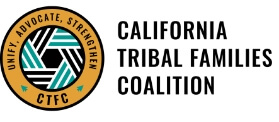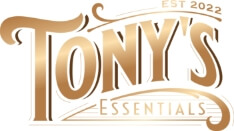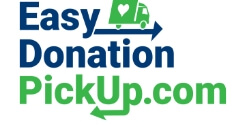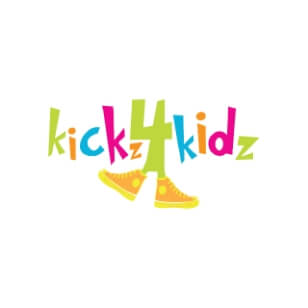Logos that align with vision
Logo design services tailored to capture the essence of your brand. No generic templates or clip art here. Instead, we collaborate with you to gain a deep understanding of your business, industry, and target audience to create a unique, memorable logo that communicates your brand’s values.
From the initial concept to the final design and beyond, we’ll work closely with you to ensure your logo represents your brand and stands out in your industry. So let’s elevate your brand’s identity together.
























